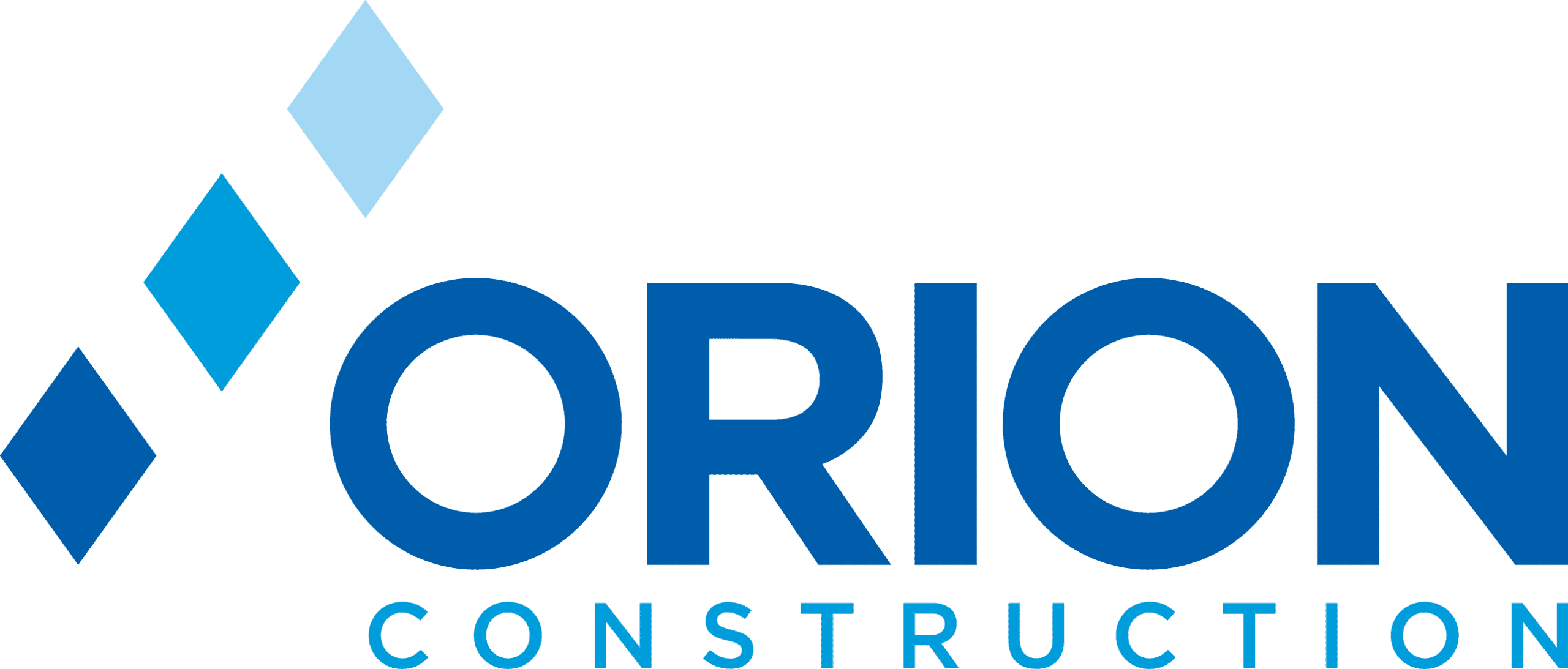BY MARK SANCHEZ Sunday, May 09, 2021 05:00pm
Bank lending for commercial real estate and development held steady through the first quarter as some sectors experienced high demand and others remained somewhat soft as the COVID-19 pandemic surpassed a year.
Multifamily housing and manufacturing are the hot sectors right now while hospitality and restaurant industries lag. Commercial real estate experts say that accessing credit has not been a problem for projects or transactions, although some banks are doing a little deeper due diligence, asking more questions or upping pre-leasing and other requirements.
“Banks are still lending, (but) everything’s just under a fine-tooth comb to make sure the borrower has the ability to pay those funds back,” said Mark Ansara, managing principal and senior vice president at Advantage Commercial Real Estate Services LLC in Cascade Township. “I think it’s still fluid. There’s just a few more hurdles you have to jump through to make it happen.”
Lenders on a spec-built project, for instance, that wanted 20 percent down before the pandemic now require 25 percent or more “depending on the asset’s location, how old it is and the leases in place,” Ansara said. Retail projects not located in a prime corridor that previously required 50 percent to 70 percent pre-leasing now need “more like” 70 percent to 80 percent, he said.
“If you’re not rock solid 70, 75 percent pre-leased or leased then under construction, it’s going to be a tough sell to a bank,” Ansara said. “A real tough sell.”
Orion Construction Co. President Roger Rehkopf describes a lending market for construction that’s “a little more on the conservative side” and a “little cautious” on some projects, although he has not seen much change in underwriting standards.
“They just want to make sure everything is ready to go, and when you make your commitment to have so many units done by a certain date, you’re there,” Rehkopf said.
Part of that conservativeness on construction comes from a tight supply and rising lumber prices that could affect building, he said.
Grand Rapids-based Orion Construction has needed to stock up and store inventory and supplies for future projects to mitigate the rising prices, Rehkopf said. The company presently has a 72-unit townhouse project where “we’re trying to buy as much as we can buy.”
“Lumber has gone crazy in the last 12 months (and) probably more in the last six months,” Rehkopf said.
BANK RELATIONSHIPS
Nick Rivette, a partner at Saginaw-based Wirt-Rivette Group that has an office in Grand Rapids, said the firm has had no difficulty securing financing through United Bank for the $10 million Legacies Village senior living community it’s developing in Caledonia. Some banks are asking more questions and “delving deeper” in due diligence, “but for us that’s all a good thing,” Rivette said.
“Coming out of a crisis like this pandemic has brought that about,” he said. “That tightening of the belt is really a reflection of how we all look at risk having gone through a pretty traumatic 15 months.”
Economists have said that bank balance sheets remain in relatively good shape and they have plenty of liquidity for lending. The Wirt Rivette Group has found that banks “have tremendous deposits and right now they’re looking to lend,” said Rivette, noting the firm’s close business relationships with a number of banks and credit unions.
Commercial lenders for more than a year have been busy working with customers on federal Paycheck Protection Program loans that may have affected access to credit, and some have pulled back on credit to certain market classes, Rivette said. He sees them now “getting past the immediate crisis” and PPP.
“With a 12- to 18-month construction period, we’re going to see a return to normalcy and a comeback there,” Rivette said. “There are only so many commercial lenders in this world and they were all busy with PPP loans. Now that they’re able to take a breath and focus on future business opportunities, that’s been really refreshing to us.”
DIFFERENT CRISES, CONCERNS REMAIN
Unlike the recession that occurred following the 2008 U.S. financial crisis, the deep economic decline last spring early in the pandemic during state-imposed restrictions was not a banking crisis or a fundamental problem with the economy.
Economist Paul Isely, associate dean at Grand Valley State University’s Seidman College of Business, repeatedly emphasized that difference in a recent economic outlook given to the Cornerstone Alliance in St. Joseph.
“This is all about a virus and all about policies around the country that were designed to keep the virus at bay,” Isely said.
Still, data from two recent surveys show bankers nationally did tighten up lending when the economy fell hard last year.
Among the 188 executives responding to industry trade publication Bank Director’s 2021 risk survey conducted in January, 43 percent said they were concerned their bank was overly concentrated in commercial real estate. Less than 25 percent held the same concern a year earlier in Bank Director’s 2020 risk survey. The concern this year was even greater for larger banks, according to the survey.
Nearly one-third of survey respondents were worried about loans to the hospitality industry that includes hotels and restaurants.
The survey results are “really indicative of a lot of uncertainty that I think is still kind of lingering a little bit in the environment” nationally, said Bank Director Director of Research Emily McCormick. “We’re starting to see the light at the end of the tunnel, but we’re not quite there yet.”
An April quarterly survey of senior loan officers nationally by the Federal Reserve found that underwriting standards overall “remained basically unchanged, while banks tightened standards on construction and land development loans and eased standards on multifamily loans.”
“Banks reported stronger demand for construction and land development and multifamily loans and reported weaker demand for nonfarm nonresidential loans,” according to the Federal Reserve’s report on bank lending practices.
‘PIPELINE REMAINS SOLID’
Recent quarterly earnings reports from banks show a solid market for commercial real estate and construction lending.
Grand Rapids-based Mercantile Bank Corp., for instance, reported making $135 million in commitments during the first three months of 2021 for commercial construction and development loans that it expects to fund over the next 12 to 18 months.
“Our construction pipeline remains solid,” Mercantile Bank President Ray Reitsma said during an April conference call with brokerage analysts. “The funding that we see in the very near future that we can point to some specificity is similar to …. the last couple of quarters.”
Mercantile does continue to “monitor the financial condition and performance of credit,” particularly for hotels and lodging, assisted living, restaurants and entertainment, Reitsma said.
At PNC Bank, underwriting standards for commercial real estate and construction/development loans have not changed in the past year, Regional President Sean Welsh said.
The industrial sector remains strong and multifamily housing is “a very good market,” he said.
“Some of the other (sectors such as lodging, office and retail) are probably a little bit on a pause and we’re going to see where they go from here,” Welsh said. “I would say that they’re kind of in a pause at the moment to kind of see if the economy comes back and where the demand goes.”


